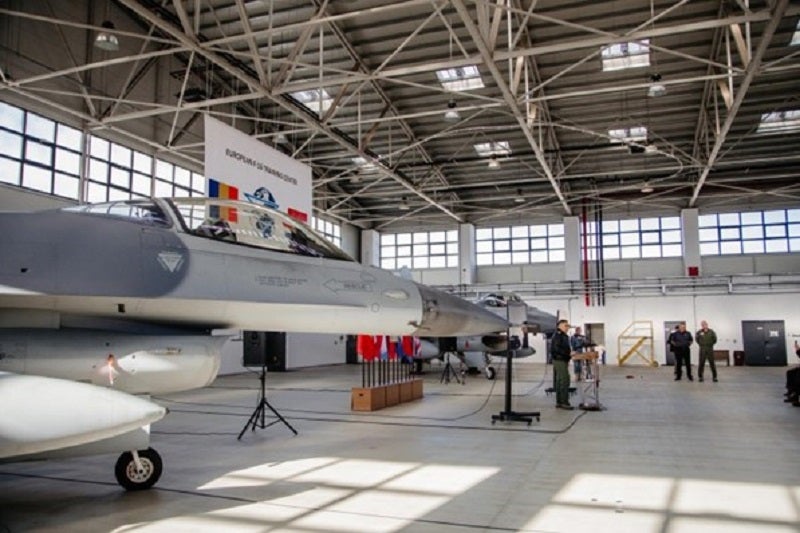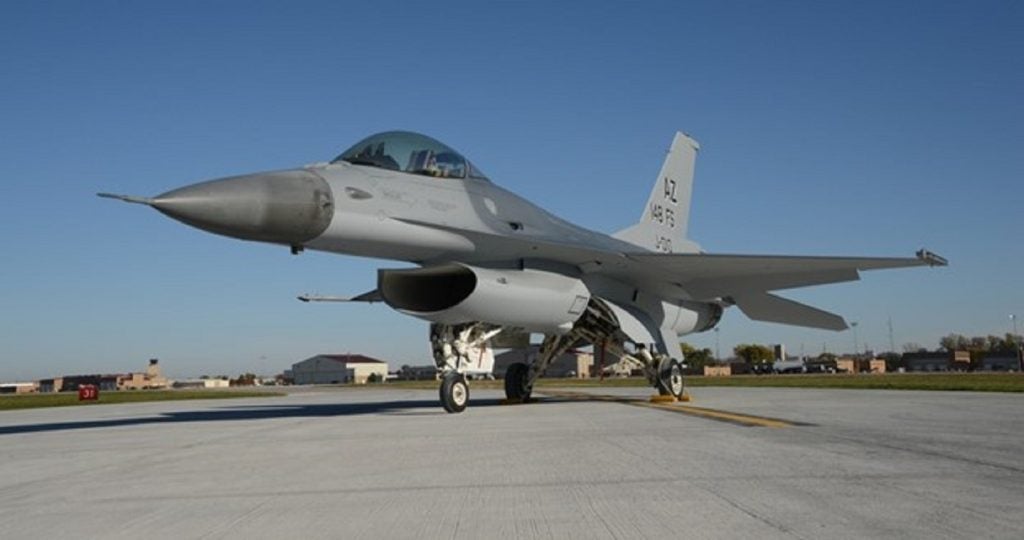The Dutch Minister of Defence Kajsa Ollongren revealed that the Netherlands will donate six more F-16 fighter jets to Ukraine in a post on the social media platform X, formerly twitter, on 5 February 2024.
“[We] will prepare six additional F-16s for delivery to Ukraine,” Ollongren declared. “Air superiority of Ukraine is essential to counter Russian aggression.”
The F-16 Fighting Falcon is one of the world’s most prolific combat aircraft.
This aircraft has nine hardpoints for weapons payloads: one at each wing tip, three under each wing, and one centreline under the fuselage.
The ordnance is launched from Raytheon LAU-88 launchers, MAU-12 and Orgen bomb ejector racks. The port wing is fitted with a 20 millimetre General Electric M61A1 multi-barrel cannon and the gunsight is interfaced to the cockpit head-up display.
Block 70/72 is the latest and most advanced F-16 configuration that incorporates new capabilities and structural upgrades that ensure the fighter can operate until at least 2060.
However, the Royal Netherlands Air Force had acquired the F-16 fighter in 1979. The Netherlands purchased a total of 213 units, the last of which was delivered in 1992. The F-16A/Bs underwent a mid-life update after the mid-1990s to extend their operational life.
These 138 aircraft with MLU are referred to as F-16AM and F-16BM and their operational capabilities are comparable to those of the F-16s in theblock 50/52 version – this modernisation cost €750m between 1996 and 2002.
Discussions to sell reach a standstill
A Dutch Government press release explained that news of the donation comes just after discussions to sell the fighter aircraft to a private US company, Draken International, had come to a standtill.
“Both parties have come to the conclusion that the sale and the delivery of these F-16s will not take place in the short term.”
The Netherlands had made agreements with the company in 2021 for the sale of 12 F-16s. With these aircraft, Draken would expand its own fleet with fourth generation aircraft. The company wants to compete for orders and tenders.
However, this sale did not go through, after which the Netherlands offered Draken the opportunity to purchase six F-16s in the future.
This would have occurred under conditions that were to be determined but “now that the talks with Draken have ended this is no longer the case.”
Now with a total of 24 jets, the additional six aircraft will be added to the existing 18 F-16s that are being prepared for delivery to Ukraine. The remaining 18 fighters are intended for an F-16 training centre in Romania.
“For years, the F-16 formed the most important part of the Royal Netherlands Air Force’s strike force. This role has now been taken over by the F-35.”

Sustaining Ukraine’s F-16s in their Russian air denial mission
“There’s no conceivable way they could build a stronger air force than Russia, so Ukraine focuses on ensuring the Russians don’t achieve air supremacy. Six more F-16s help with that,” GlobalData Defence Analyst Wilson Jones noted.
“They certainly don’t have the domestic capabilities, as far as manufacturing parts, weapons. Those are all essential components of Western and US aid. Training wise, it’s also much more efficient to use western aid, because any Ukrainian training a comrade is one less on the front,” Jones added.
"The question is whether other nations will be able and willing to supply them effectively."
Tristan Sauer, GlobalData Defence Analyst.
“F-16s are such a widely used platform that spare parts pipelines are well established. The question is whether other nations will be able and willing to supply them effectively,” another GlobalData Defence Analsyt, Tristan Sauer, elaborated.
“We’ve seen Ukrainian air force escape Russian assets by going into Nato airspace, so maybe some repairs/maintenance might be done in Nato nations like we have seen with armored vehicles, but that’s all hypothetical at this point.”









